- 张先生去哪儿了?Zhāng xiānsheng qù nǎr le?
- 杨笑笑是谁?Yáng Xiàoxiào shì shéi?
- 他的女朋友是谁?Tā de nǚpéngyou shì shéi?
- “前男友”是什么意思?“Qián nányǒu” shì shénme yìsi?
- 去新京宾馆怎么走?Qù Xīnjīng Bīnguǎn zěnme zǒu?
3 用本课新学的语言点和词语描述图片
Describe the pictures using the newly-learned language points and words.
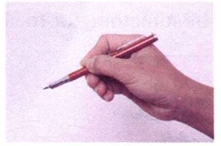
Tā ná
他__________。(拿)
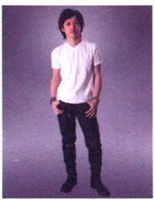
Tā chuān
他__________。(穿)
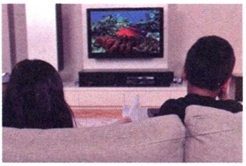
Diànshì kāi
电视__________。(开)
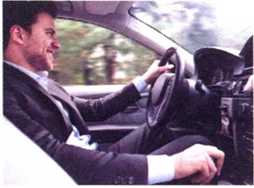
Tā ne. kāi
他__________呢。(开)
语音 Pronunciation
祈使句的句调 Intonation of an Imperative Sentence
语气委婉时,全句音高较低,第一个分句末尾语调略升,全句末尾语调缓降。例如:
When the tone is polite, the whole sentence is said in a low pitch, the first clause ending in a slightly rising intonation and the whole sentence ending in a smoothly falling intonation. For example:
- Ràng wǒmen xiūxi xiūxi ba.
- (1)让 我们休息休息吧。↘
- Kuàidiǎnr xià kè ba.
- (2)快点儿 下课吧。↘
- Qǐng zuò ba.
- (3)请 坐吧。↘
汉字 汉字偏旁 “斤” 和 “页” Chinese Radicals: “斤” and “页”
Characters
| 偏旁 Radical |
解释 Explanation |
例字 Example Characters |
|---|---|---|
| 斤 | 斤字旁,一般与斧头及砍削的动作有关系。 The radical “斤” is usually related to axes or the action of cutting or whittling. |
新 xīn new 所 suǒ place |
| 页 | 页字旁,一般与人头、面部有关系。 The radical “页” is usually related to the human head or face. |
颜 yán face, look 须 xū beard, mustache |
运用 Application
1 双人活动 Pair Work
两人一组,其中一个人用 “往……” 说句子,另一个同学做出相应的动作,然后两个人交替进行。
Work in pairs. One says sentences using “往……”, and the other acts accordingly. Then switch the roles.
- 例如:往前走 wǎng qián zǒu 往后跑 wǎng hòu pǎo
- 往左看 wǎng zuǒ kàn 往右走 wǎng yòu zǒu
2 小组活动 Group Work
3 – 4人一组,用结构助词 “着” 描述图片内容。每组请一位同学做记录。
Work in groups of 3 – 4. Describe the picture using the structural particle “着”. Each group chooses a member to take notes.
Yǒu liǎng ge xuéshēng chuānzhe báisè de yīfu.
例如:有 两 个 学生 穿着 白色 的衣服。
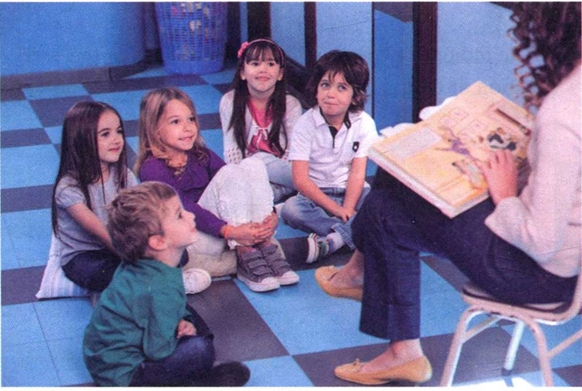
- (1) ________________________。zuòzhe(坐着)
- (2) ________________________。chuānzhe(穿着)
- (3) ________________________。kànzhe(看着)
- (4) ________________________。shuōzhe(说着)
- (5) ________________________。tīngzhe(听着)
- (6) ________________________。názhe(拿着)
- (7) ________________________。xiàozhe(笑着)

Comments